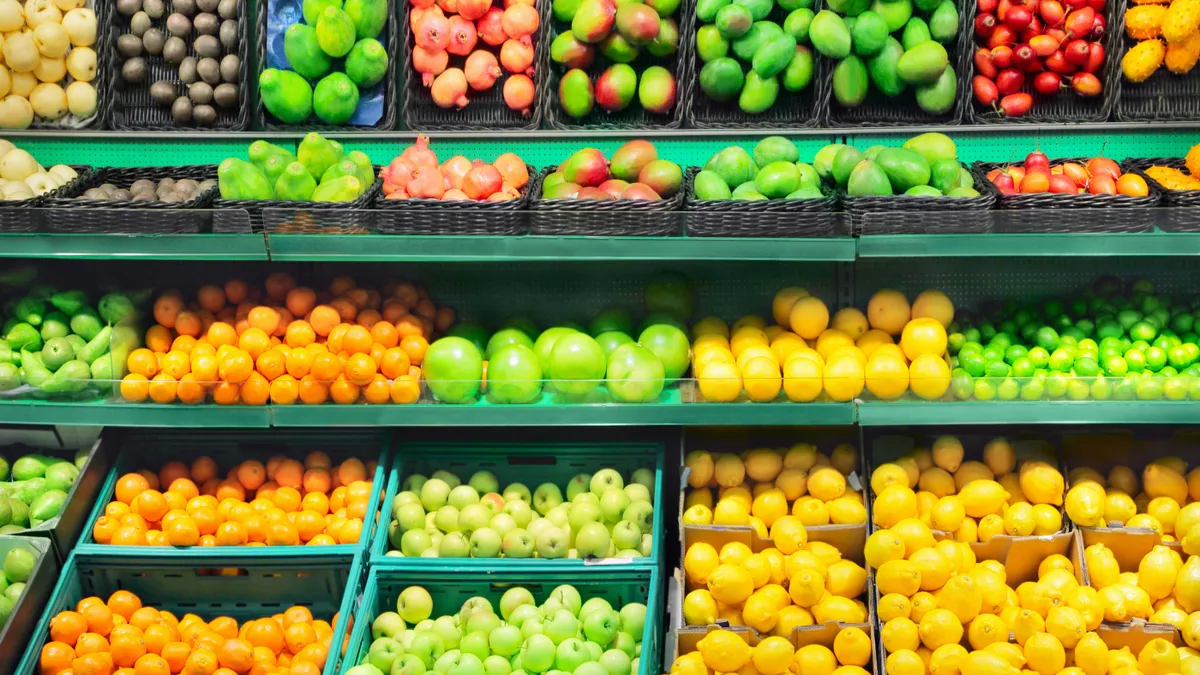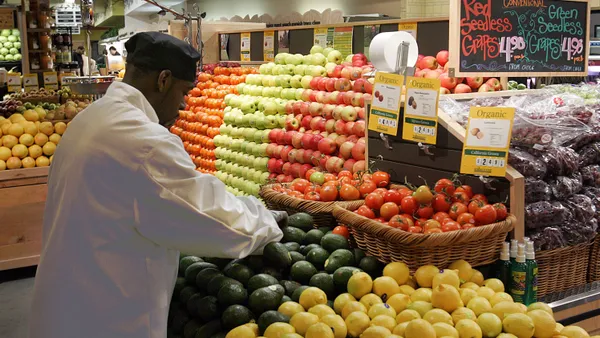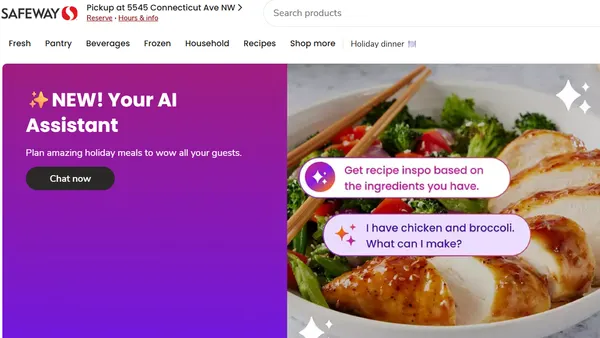The recent supply chain shortages are encouraging grocery retailers to spend significant time and money to find ways to shorten lead times for fresh produce to increase customer satisfaction. When automation is used instead of a manual order picking process, the lead times of the products are reduced dramatically.
These automated systems ensure perishable goods arrive to the customer ripe and fresh, while reducing the warehouse inventory space needed to hold products. Since grocery is a highly competitive space, now is the time to consider the benefits of automation and start looking for a lifetime intralogistics partner that will guide you through 2022 and beyond.
1. Spacing for Seasonality
Seasonal peaks bring an increased need for labor to meet consumer demand. As consumer spending increases, warehouses need more hands-on-deck to ship products to stores or directly to the customer's door.
Automation can help fill labor gaps and reduce the amount of operational space required while maintaining an efficient flow of operations. Creating a dense robotic storage and retrieval solution for fresh food like baked goods, fruits, or vegetables significantly reduces the amount of space required by as much as fifty percent!
2. Fast-Track Fresh Produce
A notable increase in consumer demand is great for revenue but can negatively impact warehouses not prepared for varying demands or disruptions associated with seasonal peaks. The last thing grocery retailers want are empty shelves. Automated picking solutions can help cut down on fulfillment time by moving large quantities of goods onto trailers in a fraction of the time.
As an example, for Martin's Famous Pastry Shoppe out of Chambersburg, PA, automated solutions were able to load 21,000 trays of pastries per day, cutting down manual labor hours by 30% for all orders. These time savings allowed Martin's to quickly fill orders and maintain supply lines during unexpected consumer demands and seasonal spikes.
3. Leveraging Labor Effectively
Every major retailer, grocer, distribution center and even consumers are feeling the effects of the current labor shortages. Since the onset of the pandemic, labor pools have dwindled across all major verticals, while consumer demand has pushed manual labor hours to their absolute limits. This has stretched supply chain operations paper-thin, increasing the lead time on customer orders and retail stocking.
Thanks to automation, one of Spain's largest grocery retailers, Mercadona, maintained significant growth over the course of the past two years while contending with a worldwide labor shortage. Mercadona maintained over 1,600 individual storefronts without the need for further processing, combining the power of automation with hard-working employees to continue expansion.
4. Braving the Cold
Cold storage for refrigerated goods is closely tied to fresh produce operations. Many perishable goods loved by consumers require refrigerated storage so that they arrive on the shelves as fresh as possible for consumers.
As an additional hurdle, cold storage foods require continuous temperature-controlled storage for proper transit. This poses an issue for supply chain operations that are currently strained, while also presenting a potential staffing issue.
Most employees do not enjoy the cold temperatures associated with manually loading products in a refrigerated environment but automated retrieval systems can handle this operation.
Robotic order retrieval keeps employees out of cold areas, while maintaining high speed for distribution operations. These systems can handle as much as 30,000 crates of produce across a warehouse floor, keeping production high while keeping employees warm.
5. Stock the Shelves Faster
The benefits of automation don't stop at the distribution center and continue on to the grocery store floor. Utilizing sophisticated software combined with automation improves the quality of the pallet or roller cages delivered to shops.
This means that the content of the pallet can be tracked and traced so products arrive in the right sequence. By organizing the items on the pallets shelf replenishment time is greatly reduced and minimizes the time shop operators are interfering with the customers in shops.
Embrace Automation
As grocery distribution centers and warehouses look for ways to provide their customers with fast fresh delivery in 2022, automation should be number one on the priority list. Automated solutions can be implemented to prioritize product freshness, maintain supply operations, save space, and to fill labor gaps.










